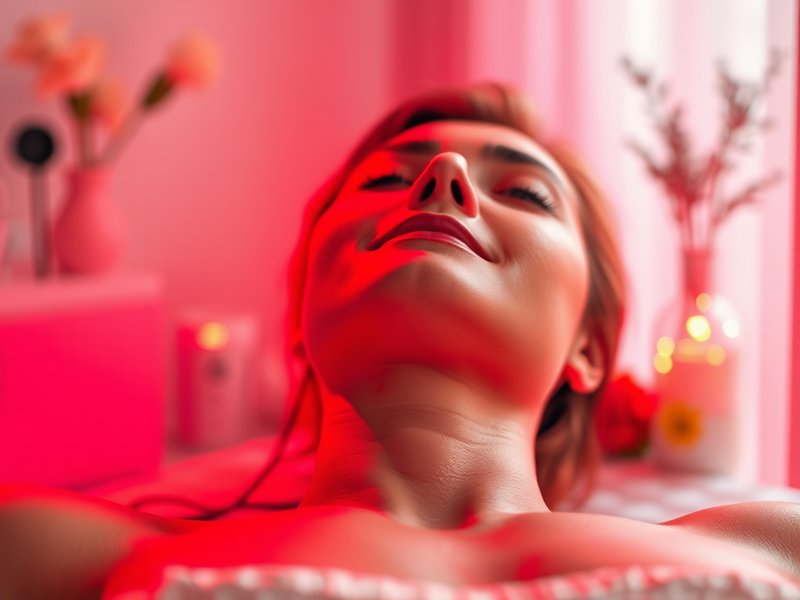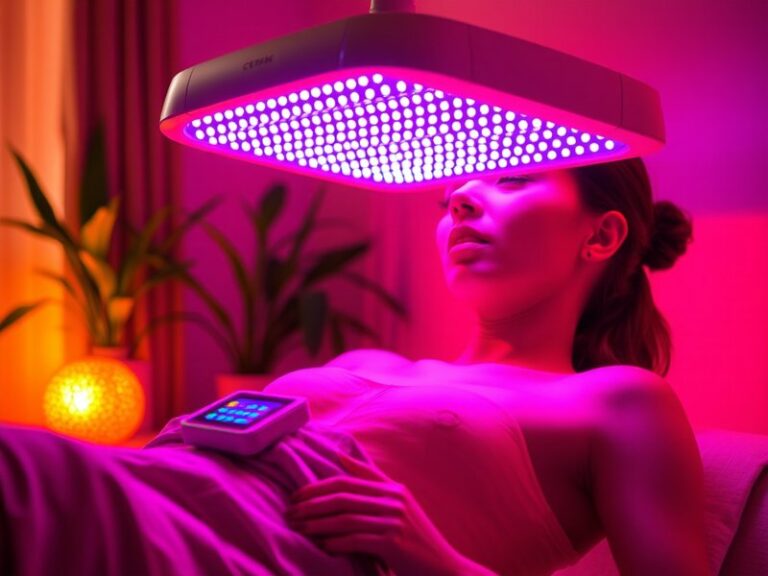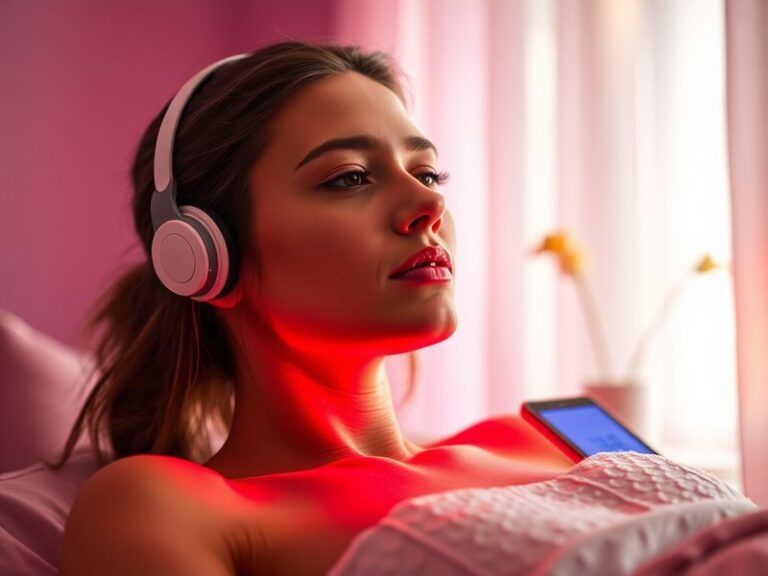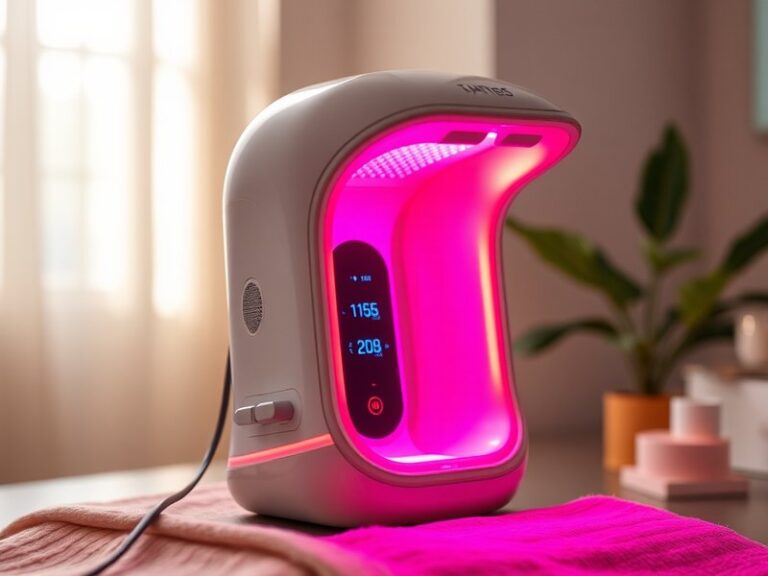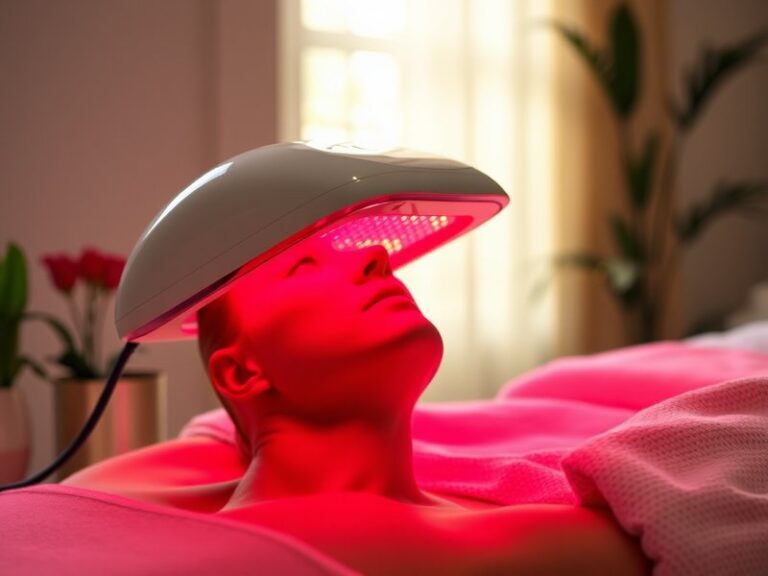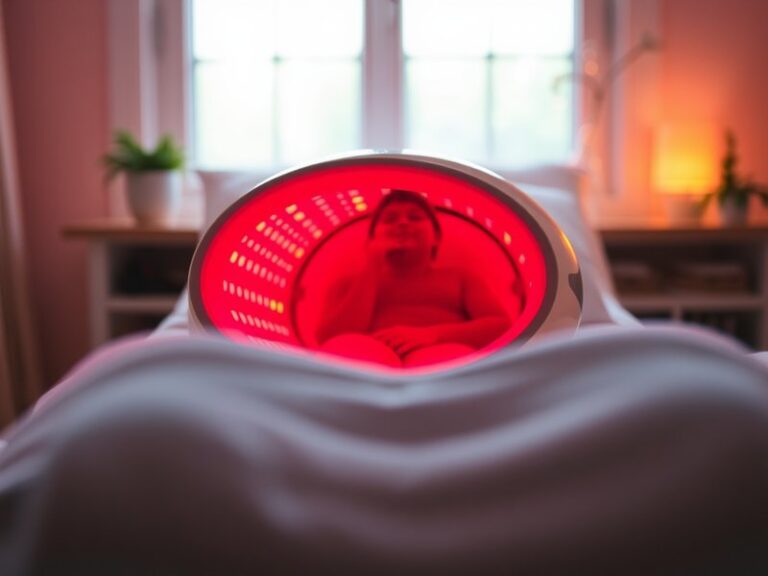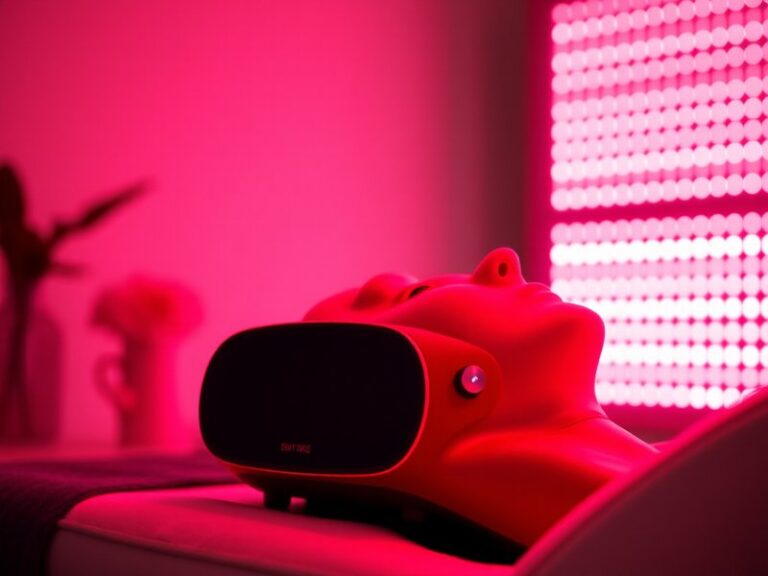How Long To Do Red Light Therapy Sessions?
How Long To Do Red Light Therapy Sessions?
Are you curious about red light therapy and how long you should dedicate to each session for optimal results?
In this article, we will explore red light therapy, discuss the recommended duration for sessions, examine the benefits, and consider the factors that affect session length. Whether you’re looking to improve skin health, manage pain, or boost your overall well-being, understanding the appropriate session length is key to achieving your desired results.
Key Takeaways
- Most sessions last between 10 to 20 minutes for optimal benefits.
- Consistency is crucial; frequent sessions yield better results over time.
- Individual responses may vary, so listening to your body is essential.
What is Red Light Therapy?
Red light therapy (RLT) is a non-invasive treatment that uses low-level wavelengths of red and near-infrared light to promote healing and rejuvenation in the body. This therapy stimulates cellular processes, enhancing energy production within cells and promoting recovery.
RLT has been studied for various applications, including skin rejuvenation, wound healing, pain relief, and even improving muscle recovery post-exercise. By utilizing specific wavelengths of light, typically between 600 to 1000 nanometers, red light therapy penetrates the skin to impact underlying tissues.
Types of Red Light Therapy Devices
Red light therapy can be administered using different devices, including:
- Handheld devices: Perfect for targeted treatments and small areas.
- Full-body panels: Ideal for larger areas or general body use.
- Light masks: Specifically designed for facial treatments.
Understanding these devices can help determine where and how long to conduct sessions.
What are the Benefits of Red Light Therapy?
Red light therapy offers a plethora of benefits, which we will explore below.
Benefit 1: Skin Health and Rejuvenation
RLT is well-known for its ability to improve skin quality, reduce wrinkles, and promote a youthful appearance. Research has shown that it can increase collagen production, helping to smooth the skin and enhance overall texture.
Benefit 2: Pain Management and Inflammation Reduction
Numerous studies highlight RLT’s effectiveness in reducing inflammation and alleviating pain. Conditions such as arthritis, chronic pain, and sports injuries can benefit from the healing properties of red light, helping individuals feel better and return to their activities more quickly.
Benefit 3: Enhanced Muscle Recovery
Athletes often use red light therapy to expedite recovery times and reduce muscle soreness after workout sessions. By promoting blood flow and energy production, RLT can help diminish downtime and improve performance.
Additional Benefits
- Improves hair growth in some cases of thinning hair.
- May assist with mood disorders by enhancing overall well-being.
- Supports wound healing and reduces scar formation.
Is it Possible to Overdo Red Light Therapy Sessions?
Yes, while RLT is generally considered safe, overexposing yourself to the therapy can lead to diminished results or skin irritation. Therefore, it’s essential to follow recommended session lengths to maximize benefits without adverse effects.
What are the Advantages of Controlled Session Lengths?
Setting specific durations can:
- Ensure effective treatment: Adhering to recommended session times helps deliver the optimal amount of light energy to your cells.
- Avoid overstimulation: Prevents any potential irritated skin or burns from excessive exposure.
- Enhance consistency: Establishing a routine fosters better results over time.
What are the Disadvantages of Ignoring Session Lengths?
Not following recommended durations can lead to:
- Lack of results: Too short sessions might fail to provide sufficient energy to achieve desired effects.
- Skin irritation: Extended exposure can cause discomfort or exacerbate skin conditions.
- Imbalanced routine: Inconsistent sessions may hinder progress and delay benefits.
What are the Things to Consider Before Starting Red Light Therapy?
Before beginning red light therapy, consider the following factors to ensure a beneficial experience.
Skin Type and Sensitivity
Individuals with sensitive skin may need to start with shorter sessions to gauge their skin’s reaction before gradually increasing duration.
Purpose of Treatment
Your goal (skin health, pain management, muscle recovery) could affect your session length. Understanding this can help tailor your approach.
Equipment Quality
The type and quality of the red light device can influence session duration. Higher quality devices might require shorter sessions due to more efficient light penetration.
Health Considerations
Consulting with a healthcare professional before starting RLT is advisable, especially for those currently undergoing treatment for medical conditions.
What are the Alternatives to Red Light Therapy?
If red light therapy does not seem suitable for you, consider these alternatives.
Cold Laser Therapy
Similar to red light therapy, cold laser therapy utilizes low-level light to promote healing but may incorporate different wavelengths for specific applications.
Discover the complete guide Can Red Light Therapy Worsen Acne?
Ultrasound Therapy
Used primarily in physical therapy, ultrasound therapy employs sound waves to promote tissue healing, offering a slightly different approach to pain and injury management.
Cryotherapy
Cryotherapy involves exposing the body to cold temperatures to alleviate pain, inflammation, and improve recovery times, providing yet another method of promoting healing.
Additional Alternatives
- Topical treatments (creams, ointments for pain and skin care)
- Massage therapy (for pain relief and muscle recovery)
- Physical therapy (targeted rehabilitation exercises)
Conclusion: Is it Recommended to Do Red Light Therapy Sessions?
Red light therapy can be a valuable addition to your health and wellness routine, provided you adhere to recommended session lengths of 10 to 20 minutes. With a proper understanding of its benefits and considerations, you can reap the most from this effective treatment. Always consult a healthcare professional if you’re uncertain about starting any new therapy, especially if you have underlying conditions.
Frequently Asked Questions
How often should I use red light therapy?
Most individuals benefit from 3 to 5 sessions per week, depending on their specific goals and sensitivity.
Are there any side effects associated with red light therapy?
Side effects are rare but may include minor skin irritations. It’s always best to start with shorter sessions to observe how your body reacts.
Can I do red light therapy at home?
Yes, many professionals and individuals use home devices for convenience, but always verify the quality and effectiveness of the equipment.
How long before I see results from red light therapy?
Results can vary, but many users report noticing improvements in skin tone and pain relief within a few weeks of consistent use.
Discover the story in Does Red Light Therapy Cause Detox?
Is red light therapy safe for everyone?
While generally safe, individuals with specific medical conditions or those who are pregnant should consult their healthcare provider before starting treatment.
